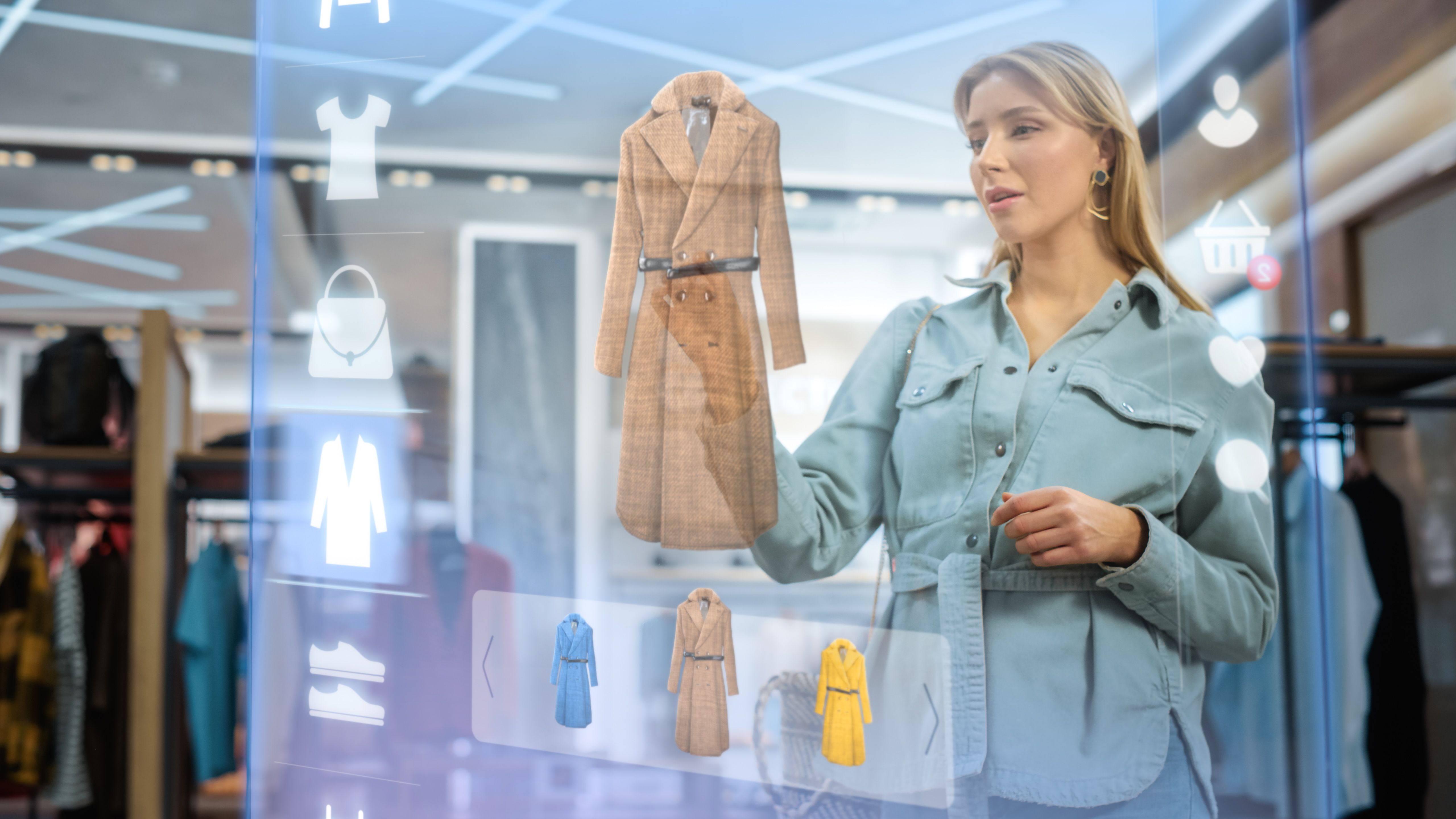The Future of E-commerce: Tech Trends to Watch in 2024
Introduction to E-commerce Evolution
The landscape of e-commerce is continually evolving, driven by technological advancements and changing consumer behaviors. As we look ahead to 2024, several tech trends are set to reshape the online shopping experience. Businesses that adapt to these trends will not only survive but thrive in the competitive e-commerce environment.
From enhanced personalization to the rise of new payment methods, the future of e-commerce promises exciting opportunities for growth and innovation. Let’s explore some of the key trends to watch in the coming year.

Artificial Intelligence and Machine Learning
Artificial Intelligence (AI) and Machine Learning (ML) are increasingly becoming integral to e-commerce strategies. These technologies enable businesses to offer personalized shopping experiences by analyzing customer behavior and preferences. In 2024, expect AI to enhance product recommendations, improve customer service through chatbots, and optimize inventory management.
AI-driven analytics will allow businesses to make data-driven decisions, improving everything from marketing strategies to supply chain efficiency. As AI technology becomes more accessible, even small businesses will be able to leverage its benefits.
Enhanced Product Recommendations
AI algorithms can analyze vast amounts of data to understand customer preferences better. This capability will lead to more accurate product recommendations, boosting sales and enhancing customer satisfaction. The trend towards hyper-personalization is set to continue as AI tools become more sophisticated.
Augmented Reality and Virtual Reality
Augmented Reality (AR) and Virtual Reality (VR) are transforming how consumers interact with products online. These technologies allow shoppers to visualize products in real-world settings or even try them before buying. In 2024, expect more retailers to adopt AR and VR to reduce returns and increase customer engagement.
For instance, furniture retailers can use AR to let customers see how a piece would look in their home, while fashion brands can offer virtual fitting rooms. By providing immersive shopping experiences, AR and VR can strengthen customer loyalty and drive sales growth.

Emergence of New Payment Methods
The way consumers pay for products online is rapidly changing. Digital wallets, cryptocurrencies, and Buy Now, Pay Later (BNPL) options are becoming increasingly popular. In 2024, more e-commerce platforms will integrate these payment methods to cater to diverse consumer preferences.
Businesses that offer flexible payment options can attract a broader audience and enhance the customer experience. Additionally, as security features in digital transactions improve, consumers will feel more confident making purchases online.
Cryptocurrency in E-commerce
With the growing acceptance of cryptocurrencies like Bitcoin and Ethereum, e-commerce platforms are beginning to accept these as valid payment methods. This trend is expected to continue as cryptocurrencies offer benefits such as lower transaction fees and faster processing times.

Sustainability and Ethical Shopping
As consumers become more environmentally conscious, sustainability is becoming a significant factor in purchasing decisions. E-commerce businesses are responding by adopting sustainable practices and offering eco-friendly products. In 2024, brands that prioritize sustainability will likely gain a competitive edge.
Providing transparent information about sourcing, production processes, and environmental impact can build trust with consumers. Companies that align their values with those of their customers can foster long-term loyalty and advocacy.
Green Logistics
Sustainable practices extend beyond products to include logistics and supply chain operations. Businesses are exploring ways to reduce their carbon footprint through green shipping options, eco-friendly packaging, and efficient delivery models.
The future of e-commerce is bright and full of potential for those who embrace these emerging trends. By staying ahead of the curve, businesses can not only meet but exceed consumer expectations, ensuring sustained growth and success in the digital marketplace.